1830 to 1839 Important News, Key Events, Significant Technology
1830, 1831, 1832, 1833, 1834, 1835, 1836, 1837, 1838 and 1839 History
1830
The Book of Mormon is published , Joseph Smith publishes his translation of the Book of Mormon in 1830. It was also the year that the church was consecrated. Published in Palmyra, New York, it is a transcription of the golden plates that Smith was given by the the Nephite Prophet Moroni.
Indian Removal Act , The Removal Act signed into law by President Andrew Jackson on May 26th , 1830. The act paved the way for the reluctant—and often forcible—emigration of tens of thousands of American Indians to the West.
First Modern Lawnmower , The first lawn mower was invented by Edwin Budding England and patented in 1830, designed primarily to cut the lawn on sports grounds and expensive gardens.
Sewing Machine , A French tailor, Barthélemy Thimonnier, patents a sewing machine that sewed straight seams using chain stitch. Thimonnier went on to build a factory where he sewed uniforms for the French Army
1831
The French Foreign Legion , Founded by Louis-Philippe of France, the Legion was formally recognized as part of the country's fighting forces on March 9th, 1831. Called the Légion Étrangère in French, the men are enlisted foreigners that give their oath of allegiance to the Legion, not to France. The above subtitle means 'French by spilled blood,' and one of their mottos is 'Legio patria nostra,' or 'the Legion is our home'.
Underground Railroad , The Underground Railroad is started around the late 1820's to early 1830's. It was an informal network of secret routes and safe houses used by 19th-century black slaves in the United States to escape to free states and Canada with the aid of abolitionists who were sympathetic to their cause. The peak period was from 1850 to 1860.
1832
The Treaty of Constantinople , This is the treaty that resulted from 1932's Constantinople Conference between France, Britain, Russia and the Ottoman Empire. The agreements that were reached had defined the independence of Greece, and were able to culminate the difficulties that had come from the earlier Greek War of Independence. It was agreed that Otto of Bavaria would become King of Greece on attaining his majority.
1833
The Falkland Islands retaken , An Argentine settlement on the East Falkland had been attacked by the USS Lexington in 1831, and was destroyed for impounding three American seal hunting ships. In 1833, the British dismissed the remaining Argentines without a shot being fired.
Lock Stitch Sewing Machine , Walter Hunt an American mechanic invents a Lock Stitch Sewing Machine but failed to patent his sewing machine.
1834
The Whig Party , The Whig Party was formally named and recognized in their opposition to Andrew Jackson. They had taken their name from the earlier non-royalist English political party.
Sophisticated Mechanical Reaper , Robert Hall McCormick invents a mechanical reaper in 1831, his son Cyrus McCormick improves the design and in 1834 patents a horse-drawn farm implement to cut small grain crops in 1834. The Reaper could accomplish in one hour what it would take 20hrs of farm labor. To build and sell the reaper he created the McCormick Harvesting Machine Company which became part of International Harvester Company. Over the next few years the reaper is improved further including binding the crops into sheaves, and just 15 years after its first introduction 400,000 are in use were estimated to be harvesting grain. By the early 1860's it had evolved evenfurther to become a combine harvester which could reap, bind, and thresh the crops.
1835
Texas takes San Antonio , A group of Texan volunteers had taken San Antonio from the Mexicans in December of 1835. Despite being told that the position was untenable in the longer term, the volunteers chose to stay.
Second Seminole War Begins , Second Seminole War, also known as the Florida War begins between the Seminole tribes and American Settlers which continued until 1842.
1836
The Alamo , In February, the Mexican army, under Antonio López de Santa Anna besieged the defenders of San Antonio, who were stationed at the Alamo (the name of which came from the cottonwood trees in which the chapel was based). The defenders are said to have numbered 184 men, who held their positions for thirteen days until they were attacked by the thousands of Mexican troops that surrounded them. In the end, 183 men are said to have been killed, and Santa Anna is said to have spared the handful of women and children that were there.
Arkansas became the 25th state , Arkansas became the 25th state in The United States in 1836. Arkansas is one of several U.S. states formed from the territory purchased from Napoleon Bonaparte in the Louisiana Purchase.
Colt Revolver , Samuel Colt invents and Patents the "revolving gun", a gun with a revolving-breech loading mechanism, better known as the "Colt Revolver". It was a more than 10 years later in 1847 that the first major order came for the Colt Revolver from the Texas Rangers for use during the Mexican-American War.
Texas San Jacinto , Texans led by Sam Houston defeat the Mexicans at San Jacinto, assuring Texas' independence.
Texas Gains Independence From Mexico , On March 2nd , 1836 Texas declares the independence of the Republic of Texas from Mexico.
John Deere first commercially successful steel plow , John Deere invents the first commercially successful steel plow in Grand Detour, Illinois. While working as a blacksmith, Deere found that cast-iron plows were not working very well in the tough prairie soil of Illinois and designed a Plow using highly polished steel and a correctly shaped moldboard (the self-scouring steel plow) that would be better able to handle the soil conditions of the prairie, especially its sticky clay. John Deere was well known for making high-quality equipment. He once said, "I will never put my name on a product that does not have in it the best that is in me".
1920's Fashion
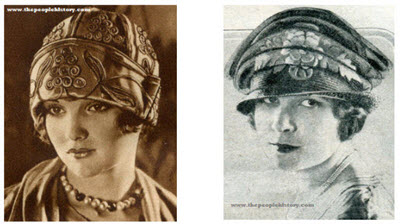
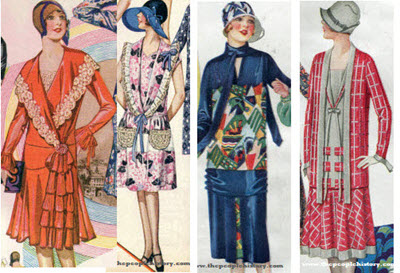
Part of our Collection of Childrens Clothes From the Decade
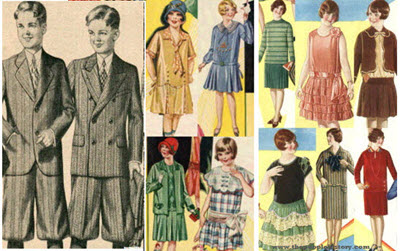
Childrens Toys From The 1920's
Part of our Collection of Toys from The 1920's
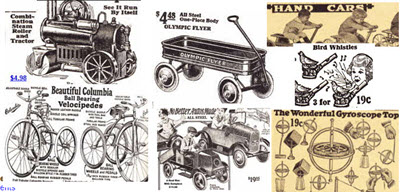
1920s Music
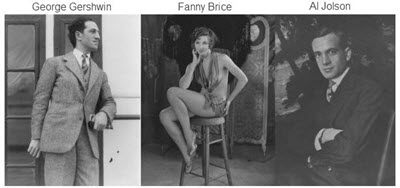
1837
Queen Victoria ascends the throne , Called by the Archbishop of Canterbury and the Lord Chamberlain on June 20th , Victoria learned on William IV's death and of her ascendancy to the throne. She moves to Buckingham Palace, and the coronation takes place at Westminster Abbey on June 28th . It was the differences between the German and English courts that meant that she assumed the throne rather than her father.
Michigan Became the 26th state , Michigan became the 26th state in The United States on January 26th , 1837.
Trail of Tears , Native American Cherokee Indians are marched from their homelands in Georgia, the Carolinas and Eastern Tennessee to the new Indian territory (present day Oklahoma) in the Western United States (Indian Removal Act of 1830). During the forced march, 4,000 of the 15,000 Cherokee Indians died during the march. The Cherokee were the last of Indian Tribes to be moved which included Chickasaw, Choctaw, Muscogee-Creek, Seminole and Cherokee. With the removal of the tribes, 25 million acres of land became available for settlement by white settlers.
1838
Atlantic steamboats begin to cross the Atlantic , Built by Isambard Kingdom Brunel in 1838, the SS Great Western was the first ship to use paddlewheels. Its structure was reinforced with iron and it had four masts. The first purpose-built Atlantic steamship, it was used until 1856 by which time it had been eclipsed by Brunel's later SS Great Britain and SS Great Eastern.
1839
The first Henley Regatta , The first regatta was 'sailed' in 1838, and the event has since had a lot more rules added to who can take part, and over what distances the races are made. It was later patronized by Prince Albert (in 1851 ), but its oldest race is the Grand Challenge Cup.
Velocipede/Bicycle , Frenchmen Pierre Michaux and Pierre Lallement design a Velocipede/Bicycle with a mechanical crank drive with pedals on an enlarged front wheel which later becomes the "penny-farthing".
Vulcanized Rubber , Charles Goodyear discovers that by heating natural rubber and sulfur, it created vulcanized rubber (a more durable material than basic rubber). He patented his invention in 1944 after he had perfected the process.